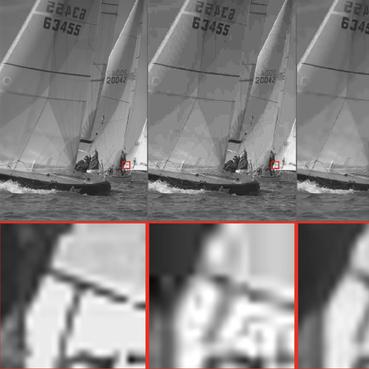Super-Efficient Super Resolution for Fast Adversarial Defense at the Edge
Autonomous systems are highly vulnerable to a variety of adversarial attacks on Deep Neural Networks (DNNs). Training-free model-agnostic defenses have recently gained popularity due to their speed, ease of deployment, and ability to work across many DNNs. To this end, a new technique has emerged for mitigating attacks on image classification DNNs, namely, preprocessing adversarial images using super resolution -- upscaling low-quality inputs into high-resolution images. This defense requires running both image classifiers and super resolution models on constrained autonomous systems. However, super resolution incurs a heavy computational cost. Therefore, in this paper, we investigate the following question: Does the robustness of image classifiers suffer if we use tiny super resolution models? To answer this, we first review a recent work called Super-Efficient Super Resolution (SESR) that achieves similar or better image quality than prior art while requiring 2x to 330x fewer Multiply-Accumulate (MAC) operations. We demonstrate that despite being orders of magnitude smaller than existing models, SESR achieves the same level of robustness as significantly larger networks. Finally, we estimate end-to-end performance of super resolution-based defenses on a commercial Arm Ethos-U55 micro-NPU. Our findings show that SESR achieves nearly 3x higher FPS than a baseline while achieving similar robustness.
PDF Abstract



